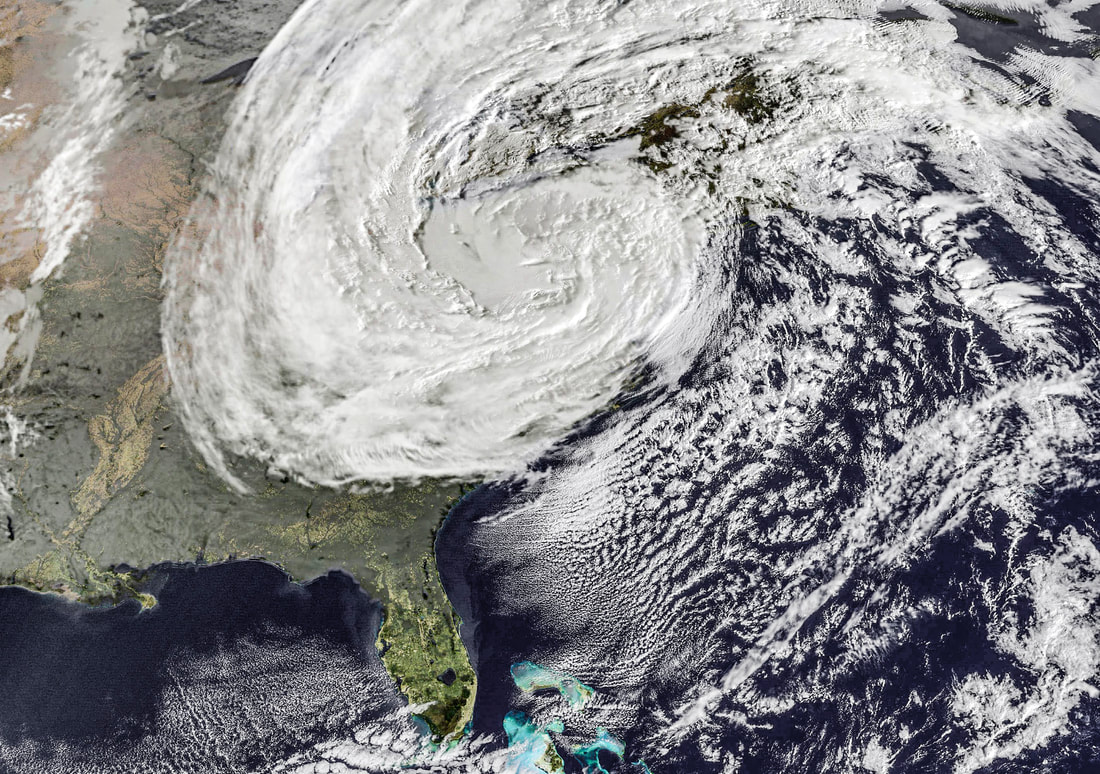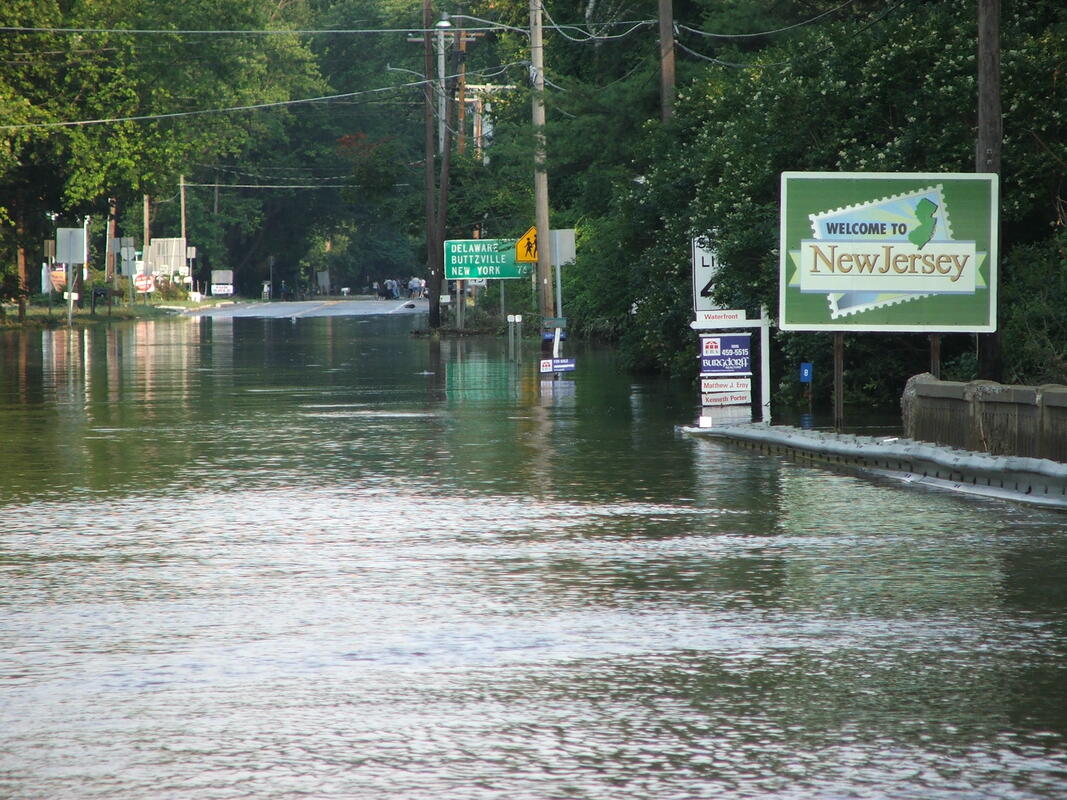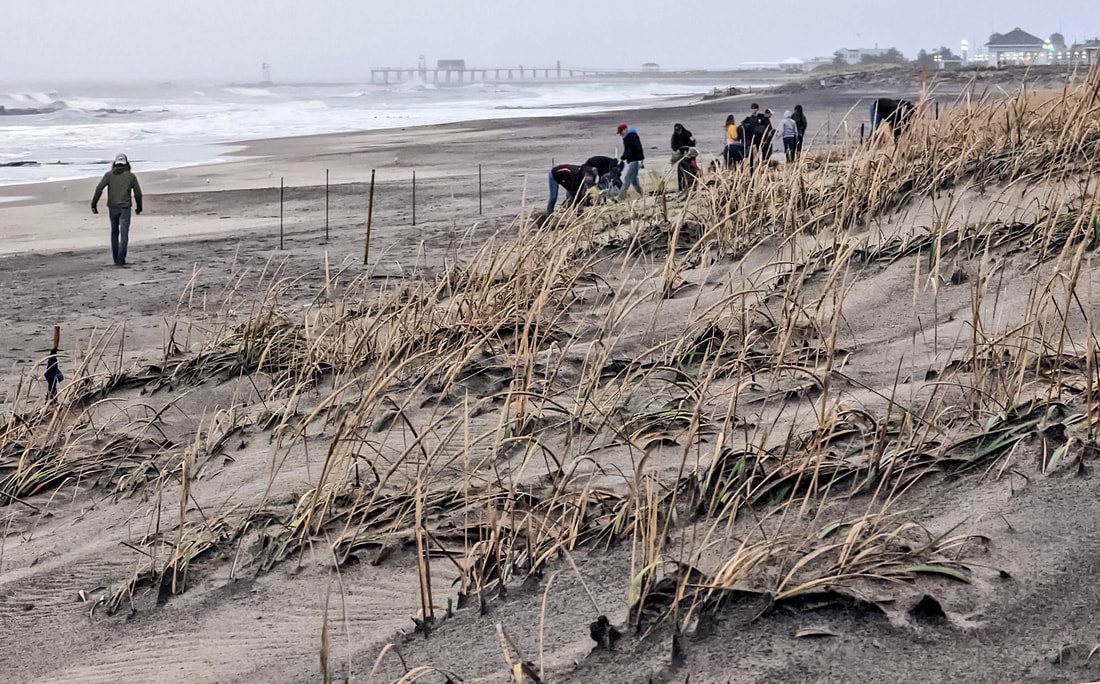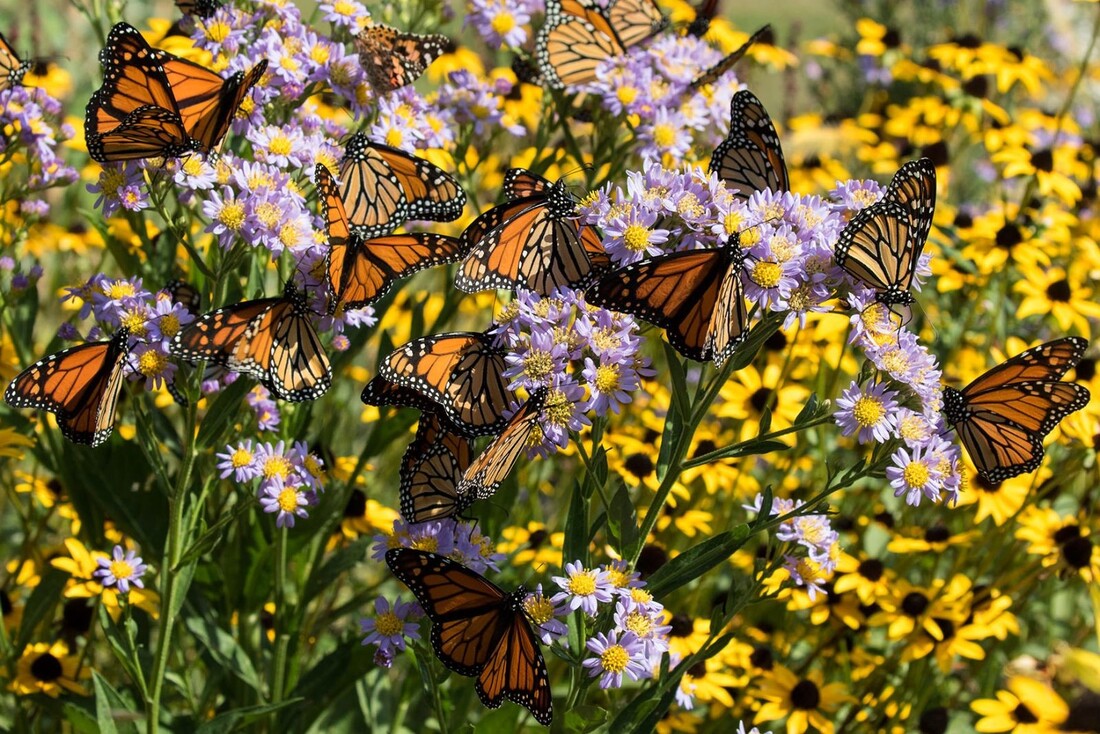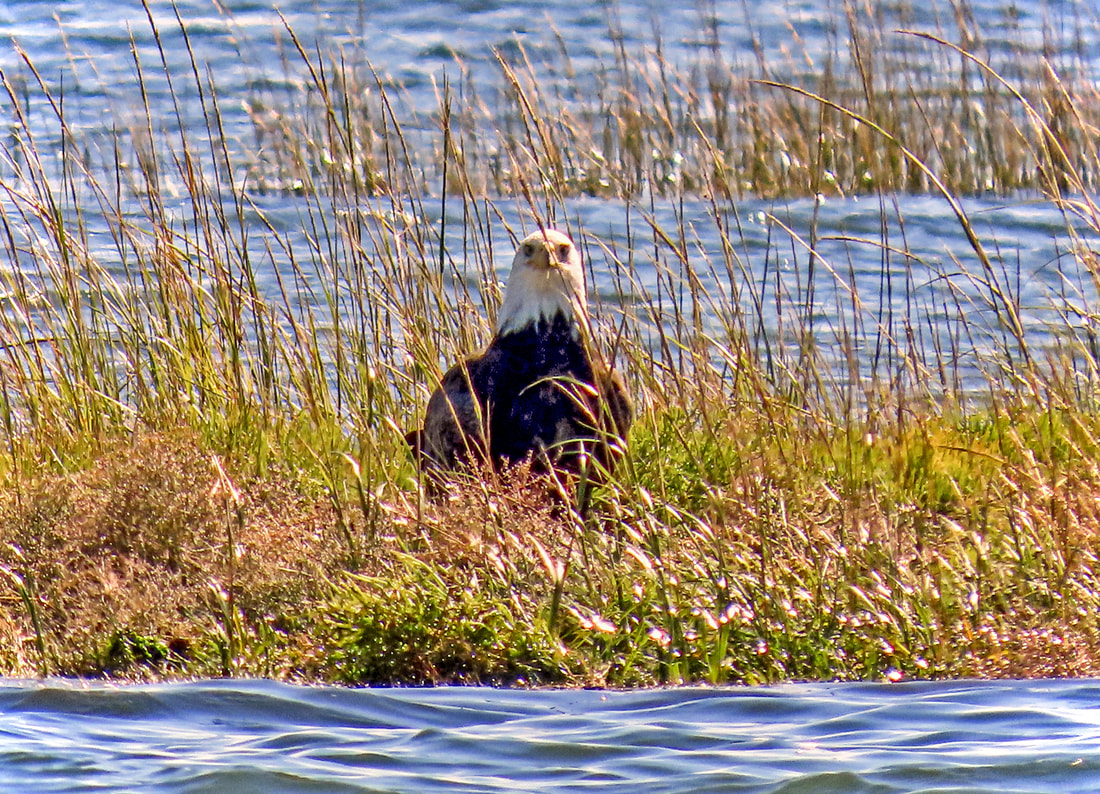10 Years After Hurricane Sandy We Need Your Help to Prepare for the Storms that Will Come10/27/2022
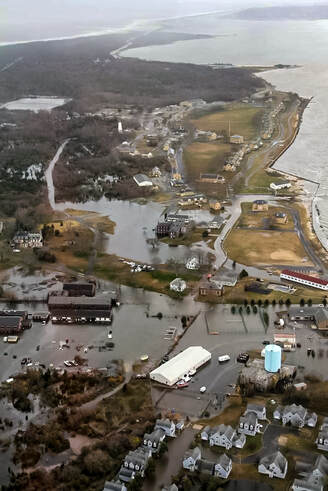 Sandy Hook on October 30, 2012. Sandy Hook on October 30, 2012. Ten years ago today, we were preparing for the impact of a storm that proved to be among the costliest in U.S. history. In New Jersey alone, Hurricane Sandy left over two million households without power, while 346,000 homes were damaged or destroyed, and 38 people were killed. Storm surge and flooding from Hurricane Sandy hit places from coastal Cape May to landlocked Morristown, as well as the urban megalopolis along the Hudson River and more rural areas, such as Columbia, NJ, far up the Delaware River. Both Sandy Hook, where the Littoral Society is headquartered, and Broad Channel, NY, home to our Northeast Chapter, were largely underwater. It was a huge storm that caught the entire Northeast by surprise, as it made landfall just days before Halloween. In the decade since, a number of named and anonymous storms have brought reminders of Sandy, with the remnants of hurricanes Ida (2021) and Ian (2022) being just the most recent and destructive. While some changes have been made in NY and NJ, many more are just concepts and promises. Each new storm threatens to reveal just how unprepared we remain. At the American Littoral Society, we leapt into restoration work in the aftermath of Sandy, and we've been at it ever since. Initially we rebuilt beaches along Delaware Bay so that horseshoe crabs and migrating shorebirds could fulfill their ages old roles, with our South Jersey office serving as the hub for those projects. Then we worked to protect those beaches, and the communities around them, with engineered oyster reefs. Now we're using natural solutions to rebuild marshes and shorelines across New Jersey and into New York, so that they can not only help control flooding and erosion, but also adapt to rising seas and the storms we all know are coming. Beyond the restoration work, we're also advocating changes to coastal development rules, and constantly striving to inform people - from children to adults - about the changing world around them, while offering ways that they can play a direct role in caring for the coast. You can help by joining the Littoral Society, volunteering to help build a reef or plant a dune, or making a donation so that we can continue talking with lawmakers and policy leaders about how to better prepare for the next Sandy. Ten years ago, Hurricane Sandy brought on some of the most devastating flooding New Jersey has ever seen. Nearly 150 people lost their lives, and 650,000 homes were destroyed.
While Sandy was considered a “once in a lifetime storm”, such previously uncommon storms have become much more common in the past few years. Rainfall data backs this up. The New Jersey Department of Environmental Protection commissioned two studies on changes in precipitation (rain, snow, sleet and hail) in the state. The studies compared precipitation from 2000-2019 with the data from 1899-1999. The information from the past century currently guides policy decisions, flood plain mapping, and stormwater management. What the studies found is that some places in the state are already experiencing 10% more precipitation annually and that we can expect an additional 20% or more by the year 2100, thanks to climate change. Despite rain, many wonderful volunteers turned out on Wednesday, October 5 to help Littoral Society Education Director Nicole Haines plant dunes in Bradley Beach, NJ. That was just one of several October activities for the Society's Education and "Shuck It, Don't Chuck It" shell recycling programs. Staff from those programs also participated in a New York City oyster bash, Moth Night on Sandy Hook, and a marine science program in Camden, NJ before closing out the month with some spooky activities. You can find additional photos from the events in a slideshow at the end of the article. Bradly Beach Dune Planting
While the weather wasn't sublime on October 5, it didn't deter the volunteers who turned out to help shore up the dunes with a host of native plants. The plants ranged from American beachgrass, seaside goldenrod, northern sea oats, little bluestem and bitter panicgrass. These plants will help to stabilize and enhance the dune systems in Bradley Beach, which will result in better storm protection for the community and create habitat for different coastal animals. 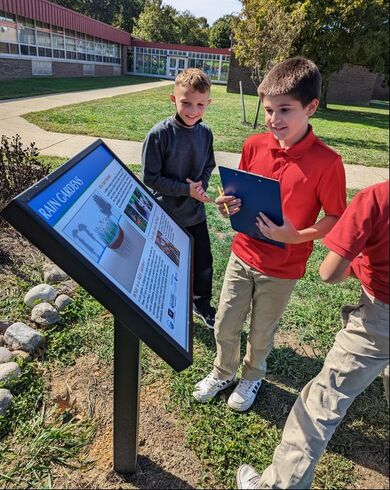 Fourth graders from Anthony Rossi Elementary School in Vineland put on their "scientist hats" and practiced their observation skills during the American Littoral Society's new "What Lives in a Rain Garden?" educational program. Led by the Society's Delaware Bayshore team during the October 6 event, the students learned about the importance of rain gardens which capture rainwater as it falls from the sky, helping water soak into the ground for plants, animals, and people who need it. They also heard that rain gardens make great homes for all sorts of living creatures, but they had to find the evidence! Students were given a data sheet and set off on their investigation, zig zagging through their school rain garden, peaking under leaves, lifting rocks, and looking closely to see what they could find. They discovered that rain gardens make great habitats for pollinators and other native wildlife, providing food, water, and shelter that living things need to survive. They also explored the life cycle and migration of the monarch butterfly and even found an empty monarch chrysalis in the garden! If you are interested in an Education Program with the American Littoral Society in the South Jersey/Delaware Bayshore region, contact Michelle, Delaware Bayshore Education Coordinator at [email protected]. Read on for more photos from the rain garden program. The past month was busy for the Northeast Chapter of the American Littoral Society. Free public events included a hawk watch at Fort Tilden, two Raptoramas, and a pollinator festival.
The 5th Annual Monarch and Pollinator Festival took place on Saturday, September 24 at the Jamaica Bay Wildlife Refuge and Fort Tilden. About 80 people came out on a beautiful, sunny day and they were greeted by well over 100 monarch butterflies passing through on their way south to Mexico. The event also included presentations on Lepidoptera (Butterflies and Moths) and other pollinators, such as bees and birds. The festival was presented by the American Littoral Society, with NYC Audubon, Jamaica Bay-Rockaway Parks Conservancy (JBRPC), and Gateway National Recreation Area (Gateway NRA). Among the items available for auction at the Littoral Society's recent Littorally Local event was a tour of Jamaica Bay's salt marshes with Don Riepe, the Society's Jamaica Bay Guardian. The winner of that item, Russ Comeau, sent us the following account of the excursion, on which he was accompanied by four avid birders.
Our adventure began on morning of September 28th, an hour before high tide, which is best to float Don’s boat into the beautiful marsh creeks where saltwater bay birds abound, buffered and oblivious to the hubbub of surrounding New York City. Herons, Egrets, Gulls, and Cormorants were predominately present in good numbers, with a showing of waterfowl and Forster's Terns. A diversity of raptors included a Bald Eagle and Northern Harrier both sitting on the marsh, a Peregrine Falcon defiantly standing on an Osprey nest, as well as several circling Harriers, and treed Ospreys. Shorebirds were mostly absent on this tide. We missed a few salty sparrow types that deftly dodged us, way too elusive to ID. Two different pairs of chattering Belted Kingfishers circled us as we slowly glided past their favorite overhanging snags. |
Archives
July 2024
Categories
All
|

